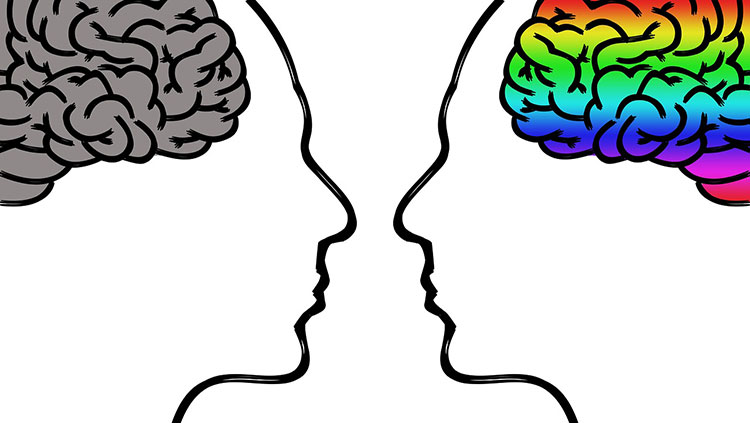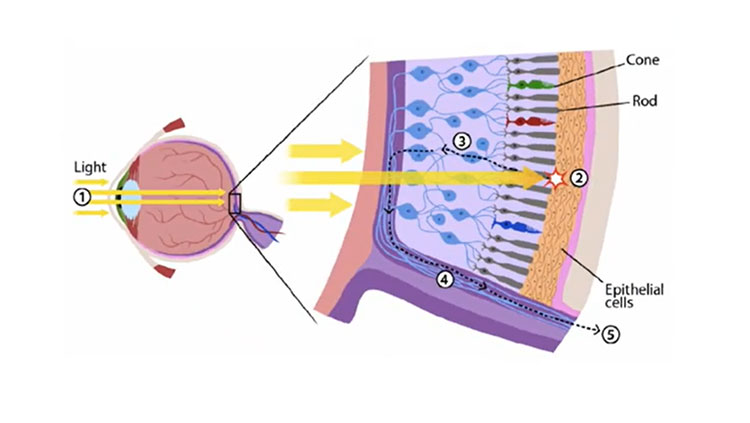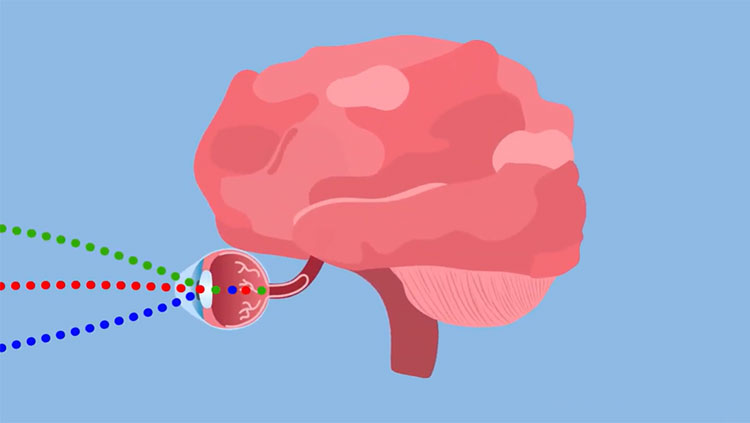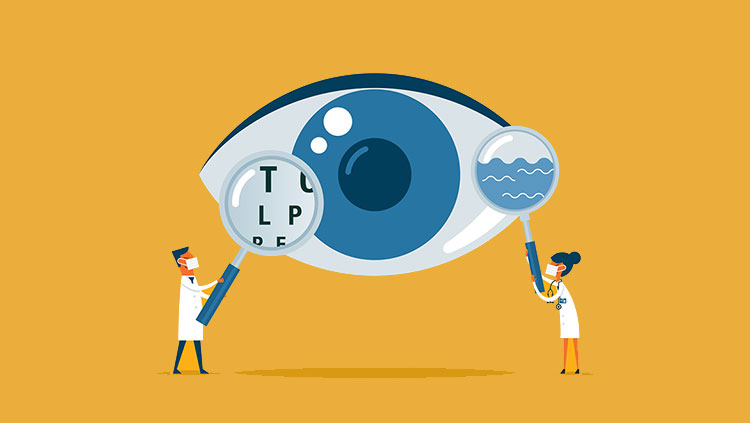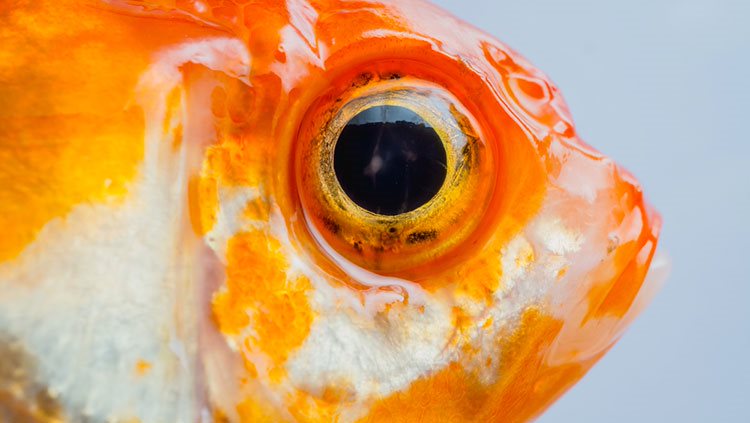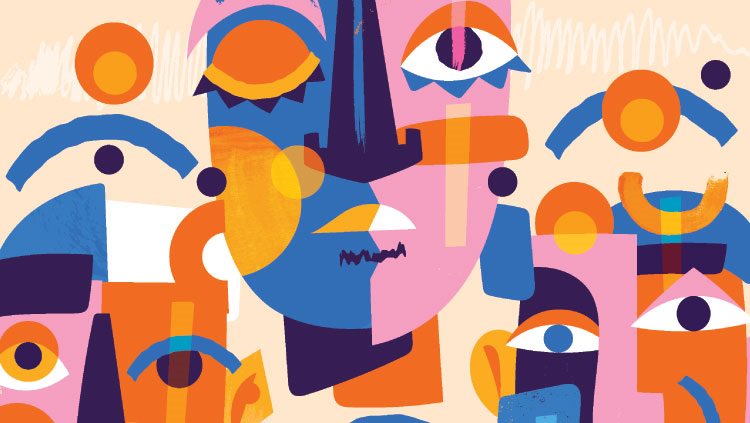Dress Illusion — Is Seeing Perceiving?
- Published13 Sep 2018
- Reviewed13 Sep 2018
- Source BrainFacts/SfN
This video explains the science behind visual illusions. Since the latest craze of the Yanny or Laurel sound illusion, this video probes the dress illusion that captured everyone's attention in 2015. Why do some people see a blue and black dress while others see a gold and white dress, and what is the underlying science behind this phenomenon?
This video is from the 2018 Brain Awareness Video Contest.
CONTENT PROVIDED BY
BrainFacts/SfN
Transcript
Color perception visual illusions can be fun but have you ever wondered how they work? our brains construct our reality. visual illusions are a window to how seeing color all starts with light. light is made up of different wavelengths corresponding to different colors. we see objects as colorful because they absorb all the other wavelengths of light and reflect their color into our eyes light travels through the eye where it hits the retina which is made up of millions of tiny cells called rods and cones. this is then converted into electricity that brain cells use to understand color. seeing color is one of the simplest processes our brains do. rods are what we use for seeing in the dark. they are pretty ineffective in sunlight as they prefer low-level lighting conditions when you turn off the lights at night and initially can't see anything. this is because the rods have not yet adapted to the dark. if you wait for five minutes you start seeing faint outlines of things because the rods start to kick into action rods don't contain at any colored pigments. which is why you don't see any color all.
Our color vision is due to the cones in our eyes they come in three varieties. long medium and short for the wavelengths they prefer. so how does the human eye detect millions of different shades of color? Well, it is actually very similar to a computer screen. computers only have three types of colored pixels. they are just so small that our eyes are not able to pick up each individual color. our brain cells combine the levels of red green and blue. lights that they receive to form all the colors we can see but our vision can be easily fooled. in 2015 the internet was hit by the dress — the gold and white or blue and black dress debate continues to confuse many because it seems nonsensical that one person can see a blue dress and another can see it white. interestingly night owls or late risers are more likely to see the dress as black and blue and early birds are more likely to see the dress as white and gold. critically colored light changes an object's color artificial lights as a yellow hue. daylight is more blueish which we can see in these pictures of shaded snow. early risers see a white dress as their minds remove the blue daylight tint they are used to seeing. late risers think that this is lit by an artificial yellow light and attribute the blue to the dress itself. Here, a and B are the exact same color but because B looks as though it's in shade the brain registers that B must be more reflective. we use our expectations to guide what we see. did you see the doc?
If I said look for the mammal you may be more likely to see the rabbit. then the faces seem to switch back and forth between each. what we perceive at first is guided by expectations. the dress is unusual in this respect as the color we see remains consistent. this is because of the realism of the photo and we expect the lighting to remain constant like in our day-to-day life. what does all this mean? what we see is often based on what we expect to see. any comparison of our visual system to photographs is wrong as we continually reconstruct a scene to understand what we are seeing in terms of what we have seen before or what we are expecting to see. just remember what you see might not be what your neighbor sees.
Also In Vision
Trending
Popular articles on BrainFacts.org


